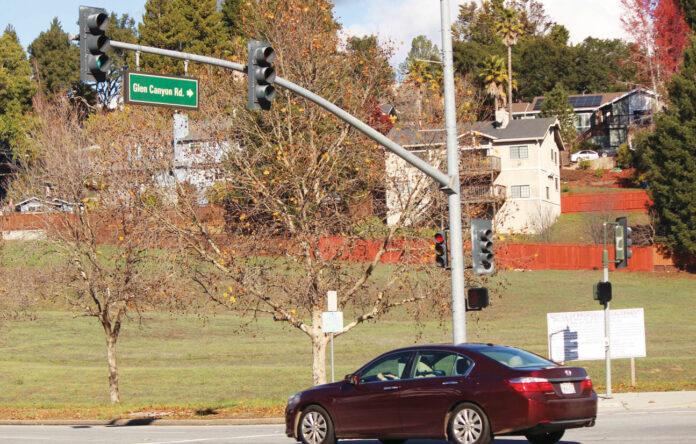
In December, as Scotts Valley approved 52 new housing units—including eight that will be affordably priced—at the new Oak Creek Park “gateway,” Council members learned these won’t count toward the 1,220 homes they have to plan for over the next eight years.
Elected officials say they are daunted by the task ahead; however, Julie Mahowald, chief financial officer at Housing Trust Silicon Valley, says there are funding sources you can tap into—if you know where to look.
“If the cities have the will, affordable housing developers are around. You can see they’re active in Santa Cruz County,” she said, but adds, “All the funding at the State level is super competitive.”
Housing Trust Silicon Valley lends to both nonprofit affordable housing developers as well as what it calls “mission-minded for profit” companies.
Mahowald says the sooner local officials get their heads around the Regional Housing Needs Assessment targets they have to hit, the better.
“You’ve got to build this amount of housing,” she said. “You need to welcome the affordable housing developers, because the state is saying you need to do this.”
She urges Scotts Valley to be creative about how it generates the around 800 units of new lower-income homes required under RHNA.
“I know it seems impossible,” she said, adding the negotiation process is critical. “It turns out there is land…It’s around.”
For example, in Los Altos, the county bought land outright to facilitate a project in the community.
“There aren’t a lot of developers beating down the door of Los Altos,” she said. “A developer came in because they saw the positive presence of the county.”
But building affordable housing isn’t just about ticking off boxes to avoid being penalized by the State, it’s about impacting the lives of real people, according to Mahowald.
“We believe that everyone has a right to a safe and stable home,” she said. “If your teachers can live in your community, they can be more a part of your community.”
That’s been an issue at Scotts Valley Unified School District, where educators have spoken during board meetings about how challenging it is to teach kids effectively living in an upper-middle class city while making sub-median wages.
Meanwhile, the District has been updating its hiring practices, as it has struggled to attract talent.
Generating affordable housing—which doesn’t just include the lowest income category—can also be a way to improve the security of life for higher-income residents. For example, if firefighters don’t live within a 30-mile radius of Scotts Valley (or they’re stuck in traffic), they can’t quickly put out a wildfire that’s threatening the city, she notes.
But as more housing is built, the city will be required to upgrade its infrastructure.
In some cases, that will be a heavy lift, but in others, improved practices mean Scotts Valley can accommodate more residents than had the community kept consuming certain resources at levels seen in the 1980s and 1990s.
Local officials are not blind to this fact, even if the solutions aren’t always easy.
Scotts Valley Water District officials say there’s adequate groundwater to supply the community even with the incoming growth.
But there’s plenty of spending needed on the sewage and greywater front.
The Town’s Wastewater Reclamation Facility Option Study, produced in August, underscored the need to do a major overhaul of the way Scotts Valley manages its water.
And last month, Scotts Valley awarded HERWIT Engineering a $279,626 contract to complete some engineering work at the local wastewater plant. It was the only company that put in a bid.
The project will involve renovating the aeration system, which controls the aeration tanks, diffusers, air distribution piping, blowers and control mechanism.
HERWIT, which is based in Clayton, says it will replace piping, change the elevation of effluent weirs, repair coatings and upgrade dissolved oxygen sensors, among other tasks.
Scotts Valley already set aside $1 million in a Wastewater Capital Reserve Fund to tackle such issues.
However, for other municipal improvements, there could be funding sources out there, Mahowald notes.
For Council members Donna Lind and Derek Timm, this was one of the biggest frustrations of getting the numbers from RHNA—that there weren’t federal dollars that came with it to support efforts to alleviate the housing crisis.
But programs such as the Affordable Housing and Sustainable Communities program can help cities become more vibrant. AHSC, for example, provides financing for affordable housing, transportation, urban greening, and other community programs.
And it’s not chump change either—the organization has funneled $2.5 billion into California neighborhoods, so far, leading to more than 15,000 new affordable homes in the state.
Plus, AHSC claims that has led to a reduction of 4.4 million in greenhouse gas emissions, at the same time.











